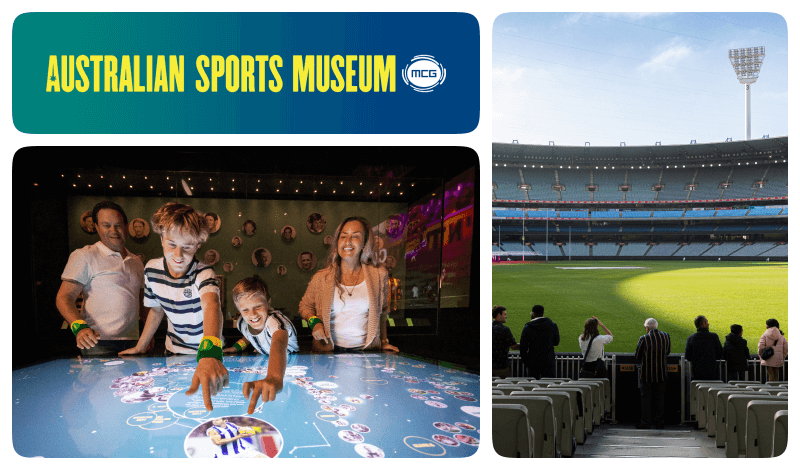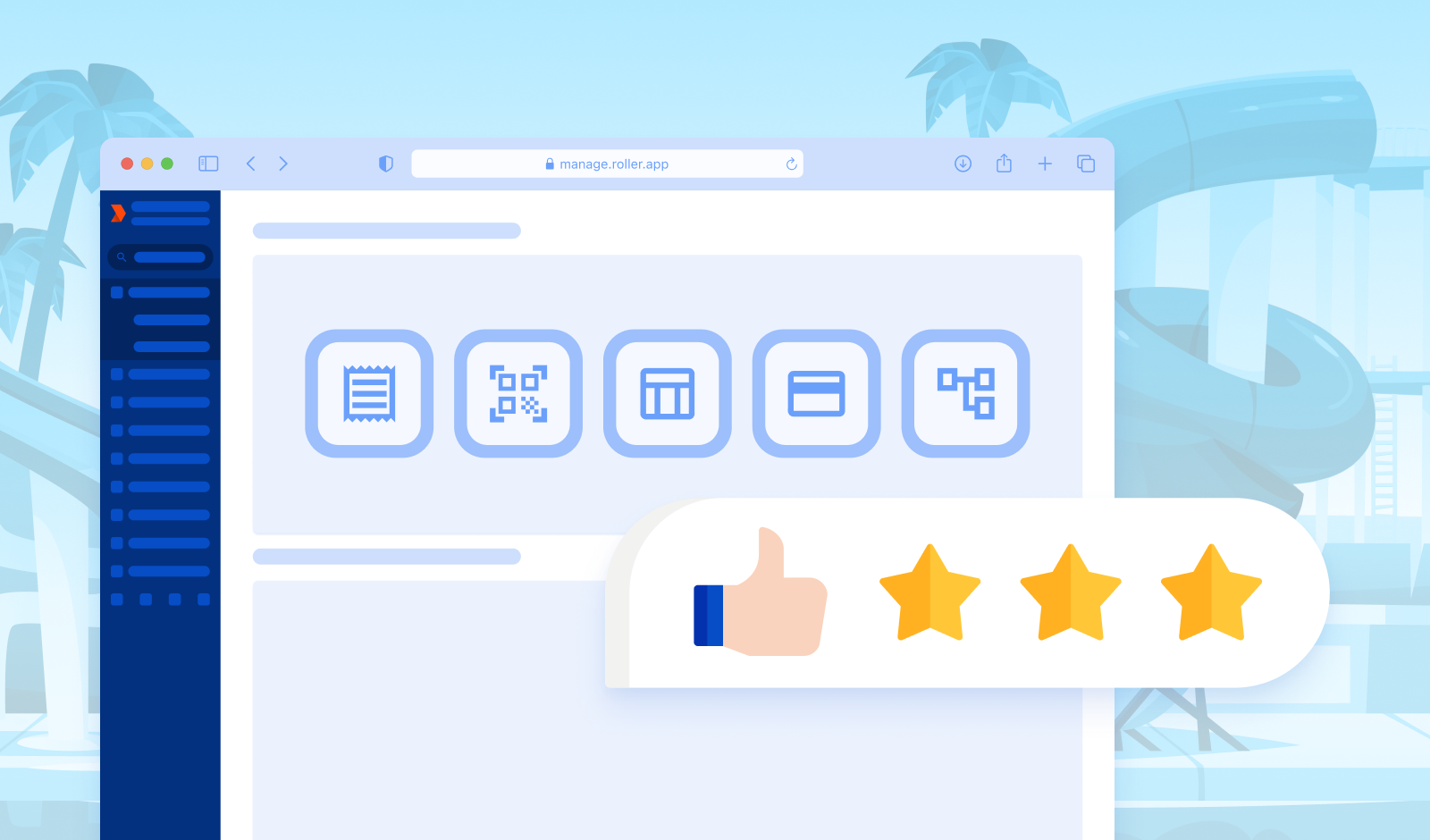Do your guests feel comfortable with your health and safety procedures when visiting your water park?
If one guest feels that your cleaning and safety protocols are not good enough, it can substantially reduce confidence that will damage your reputation, based on the cost of a single negative review. Not to mention those who have a larger influence and following - recently, Dee Snider from Twisted Sister blamed Disneyland when he tested positive for COVID-19 after his wife took his grandchildren to the park, despite being vaccinated.
If your goal is to increase confidence in your safety protocols, you need to look at every point within your business where perception can be impacted. This includes prior to a guest’s visit, and even earlier when a prospective guest is determining whether or not they should visit. Their expectations must then be met and exceeded while onsite, just like with any other expectation that guests have. Then, after their visit, they will report back to their friends, family, social network, and on review sites. The word of mouth component is the critical determinant of how others will be influenced, whether good or bad.
Many people are still uneasy about visiting water parks, other types of attractions, and travel in general, and are waiting to hear back on what others have to say. This has been the case since attractions began reopening after the initial lockdown in March and April of 2020. Due to the nature of water parks, wake parks, and other activities that involve aquatics, oftentimes masks are unable to be worn, which may raise concern for some of your guests. If you’ve heard the phrase “perception is reality,” then it’s never been more true than it is now. Whether you are on top of your cleaning and safety protocols or not, consumer confidence is 100% based on how your guests feel and perceive your protocols, not the protocols themselves.
Here are three steps to reinforcing consumer confidence in water parks.
Step 1: Do
It goes without saying that the foundation of boosting confidence is rooted in your actual cleaning procedures, along with how they were modified due to COVID-19. Whether it was installing additional hand sanitizer stations, social distancing measures, or reducing capacity, the efforts that you’ve taken not only minimize the risk of infection, but also reduce the risk of negative press. In our industry, cleanliness has always been such a high priority and held to a very high standard, and now is the time to push that standard even further. While looking to stop the spread, don’t neglect your cleaning procedures that were always in place prior to the pandemic. Preventing trash cans from overflowing, constantly picking up debris from the ground, and keeping restroom paper products fully stocked all feed into the perception that guests have of your procedures.
Step 2: Tell
Since this is a 3-step process, we know that doing is not enough. Guests have been on higher alert since the pandemic began and will likely continue to be vigilant to the cleaning procedures of any business they patronize, whether in the attractions industry or not. Therefore, if you are doing more, you should plan on telling them more, too. Additional signage in highly visible areas, audio announcements, and incorporating it into your staff’s dialogue helps ensure that guests are aware of your new procedures without having to actively search for them on their own. Do your guests sign waivers before entering? Incorporate the language into the waiver so your guests understand and accept the risks. Being forthright about what you are doing to keep guests safe is critical to increasing confidence.
Step 3: Show
Lastly, after you do and tell, take it to the next level and show your guests that you are doing what you told them. Historically, the industry standard was that the majority of cleaning was done back of house, behind the scenes, or outside of the park’s operating hours, so as to not negatively impact the guest experience. Now, showing your guests that your cleaning procedures are enhanced and doing it right in front of them actually enhances the guest experience. The term “sanitation theater” was introduced after the first lockdown to show that the optics of your cleaning procedures are just as important as the procedures themselves. Cleanliness is no longer an afterthought, it is now a determining factor in why someone may visit an attraction or stay away. By regularly cleaning and sanitizing right in front of them, it justifies their decision to visit, and will hopefully exceed their already high expectation of cleanliness.
By following the Do / Tell / Show steps in order, you can help manage the perception that guests have of your water park that solidifies their decision to visit, justifies that their decision was correct, and influences those on the fence that you have a high standard of care for your guests’ health and safety.
One final note: when there are instances that the perception of your park’s cleanliness is below what the guest expects, be prepared to jump into recovery mode, whether the complaint is private, on social media, or in an online review. The damage control you do upfront can help salvage your reputation for the long term.



